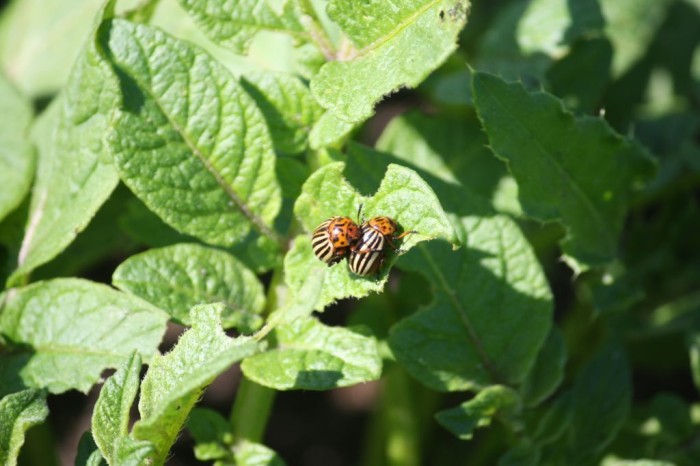A huge vote of appreciation to everyone that gave up a small part or a large part of their weekend May 30 and 31 to help create a really big berm around the perimeter of the community garden in Augusta Park. The following photos give an indication of just how impressive it is.
 We had fifteen TomatoHeads and aspiring TomatoHeads working together on Saturday for part or all of the day and then some of those returned and worked on Sunday afternoon until we ‘got’er dun’. This is part of our project that started with the writing of a successful grant for shrubs bearing edible fruit from Tree Canada. We rented a sod stripper and bought top soil to create the large perimeter berm on which to plant the fruit bushes.
We had fifteen TomatoHeads and aspiring TomatoHeads working together on Saturday for part or all of the day and then some of those returned and worked on Sunday afternoon until we ‘got’er dun’. This is part of our project that started with the writing of a successful grant for shrubs bearing edible fruit from Tree Canada. We rented a sod stripper and bought top soil to create the large perimeter berm on which to plant the fruit bushes.
This edible fruit project will be a visually appealing addition to the garden and to the park, will utilize sustainable permaculture principles, will be an additional teaching/mentoring resource and will supply much needed fresh fruit to the community and to the Food Bank. We are waiting for approval from Tree Canada for the list of shrubs that we have proposed and then the planting will proceed.
While the berm may be impressive, it is only a small part of many amazing things that are going on in Augusta Park. Much of the organic material that was used to create the berm was taken from the pathway that was cut through the park to provide a hard-surfaced accessible path from one end to the other. As shown in the next photos the sod has been removed and the pathway is waiting for crushed stone.
 The Friends of Augusta Park in conjunction with the TomatoHeads are planning a work day on Saturday June 13 to complete the path. The approaches to the bridge will be finished and the footings for our new shed have been poured. Come and have a visit!
The Friends of Augusta Park in conjunction with the TomatoHeads are planning a work day on Saturday June 13 to complete the path. The approaches to the bridge will be finished and the footings for our new shed have been poured. Come and have a visit!
A couple of weeks ago we spread a couple of bales of straw on the pathways between the growing beds. There are now dozens of little blades of oats, wheat or barley sticking up through the straw. A quick pass through with a small cultivator will dislodge these shoots as they are very shallow rooted. They also grow very quickly and actually produce grain heads. Sometimes I leave a few so that visitors can see grain growing up close.
 The dreaded Colorado potato beetle has arrived. The adult beetle overwinters in the soil and emerges early in the spring looking for potatoes or its relative eggplant. However it is not going to eat the plants. They will mate and lay their eggs on the underside of the potato plant leaves. When the eggs hatch the pupae are voracious and can strip the leaves off a plant in short order. The easiest stage at which to eliminate the pest is when the adults are first spotted. I have been hand-picking them and tossing them into a bucket of soapy water. It is also worthwhile to flip over the leaves to see if any of the yellow eggs have been laid. These can easily be squished. I find that I have the most success when I patrol the potato patch every four or five days to check for the adults and the eggs. The pupae are small and extremely numerous and by far the hardest stage at which to kill the pest.
The dreaded Colorado potato beetle has arrived. The adult beetle overwinters in the soil and emerges early in the spring looking for potatoes or its relative eggplant. However it is not going to eat the plants. They will mate and lay their eggs on the underside of the potato plant leaves. When the eggs hatch the pupae are voracious and can strip the leaves off a plant in short order. The easiest stage at which to eliminate the pest is when the adults are first spotted. I have been hand-picking them and tossing them into a bucket of soapy water. It is also worthwhile to flip over the leaves to see if any of the yellow eggs have been laid. These can easily be squished. I find that I have the most success when I patrol the potato patch every four or five days to check for the adults and the eggs. The pupae are small and extremely numerous and by far the hardest stage at which to kill the pest.
The potatoes that were planted five or six weeks ago are reaching new heights. I am doing a final weeding and then ‘hilling’ them up. This is just simply drawing up the soil on both sides of the row of potatoes in order to keep the new growing potatoes from being exposed to the sun. I don’t do a lot of hilling-up as I prefer to use a mulch of about four inches of straw on the potato beds which is easier than a lot of hilling-up with a hoe. The photo shows the row after hilling it up but before applying the straw.






